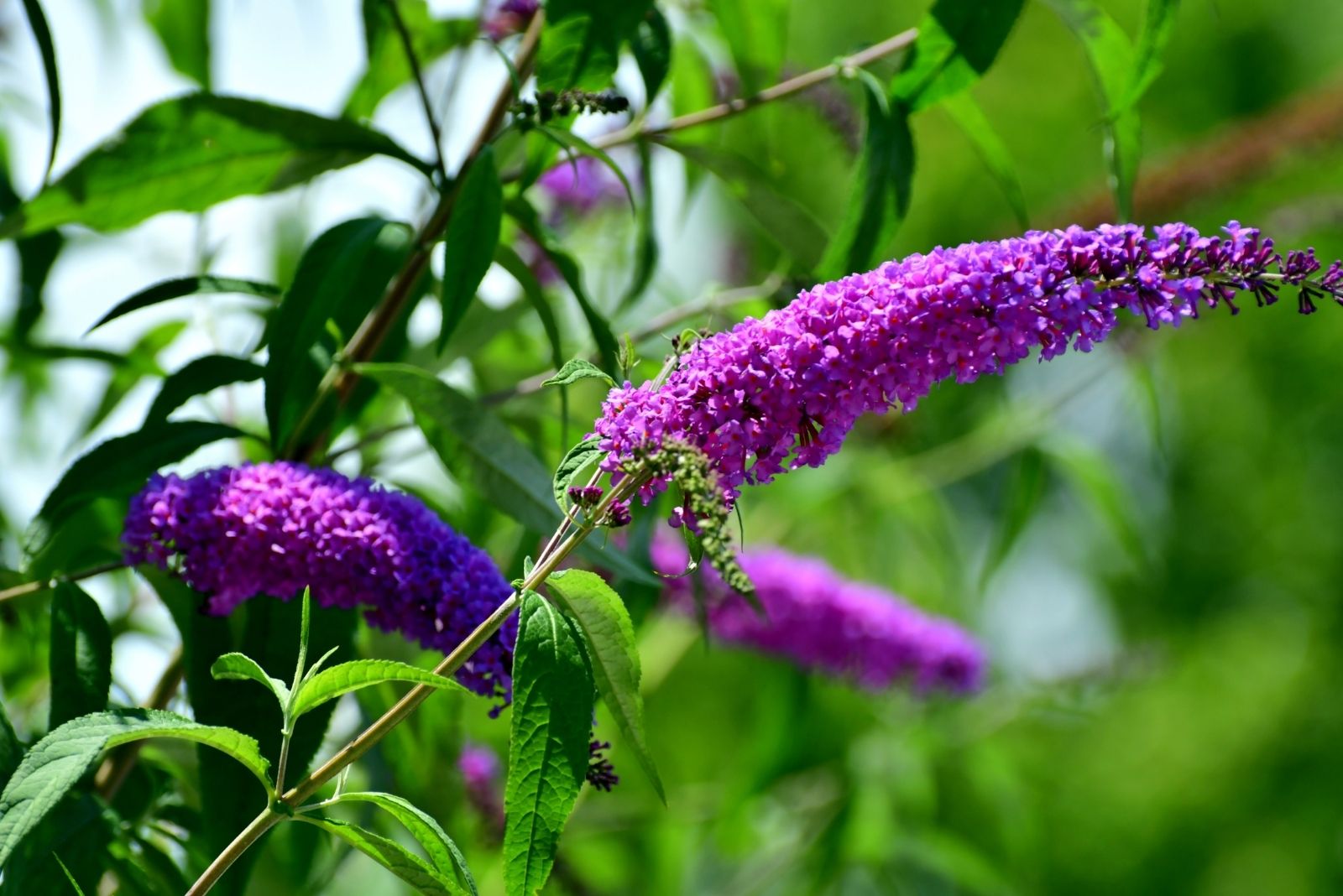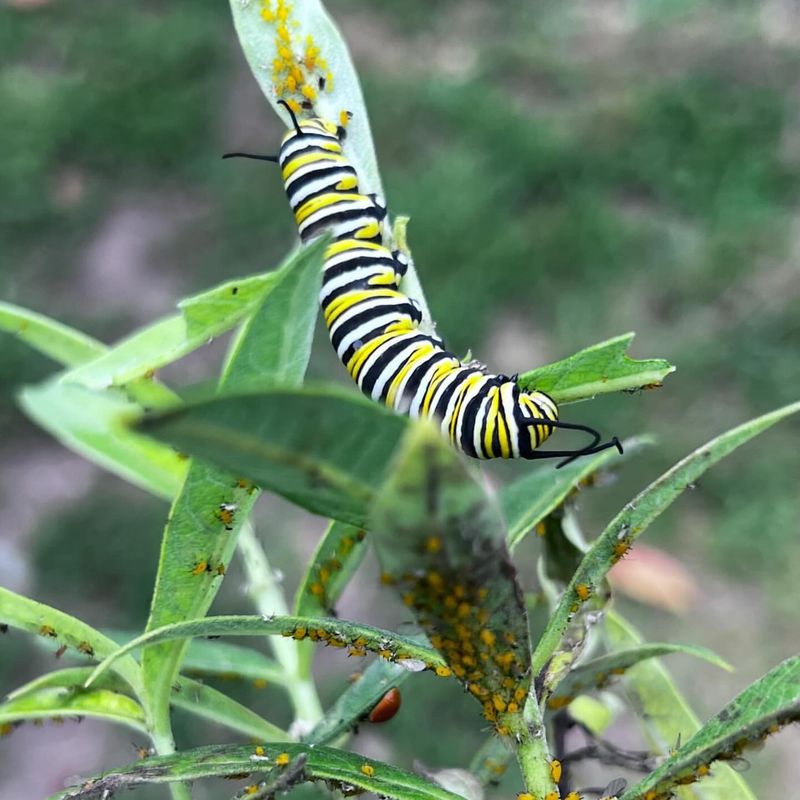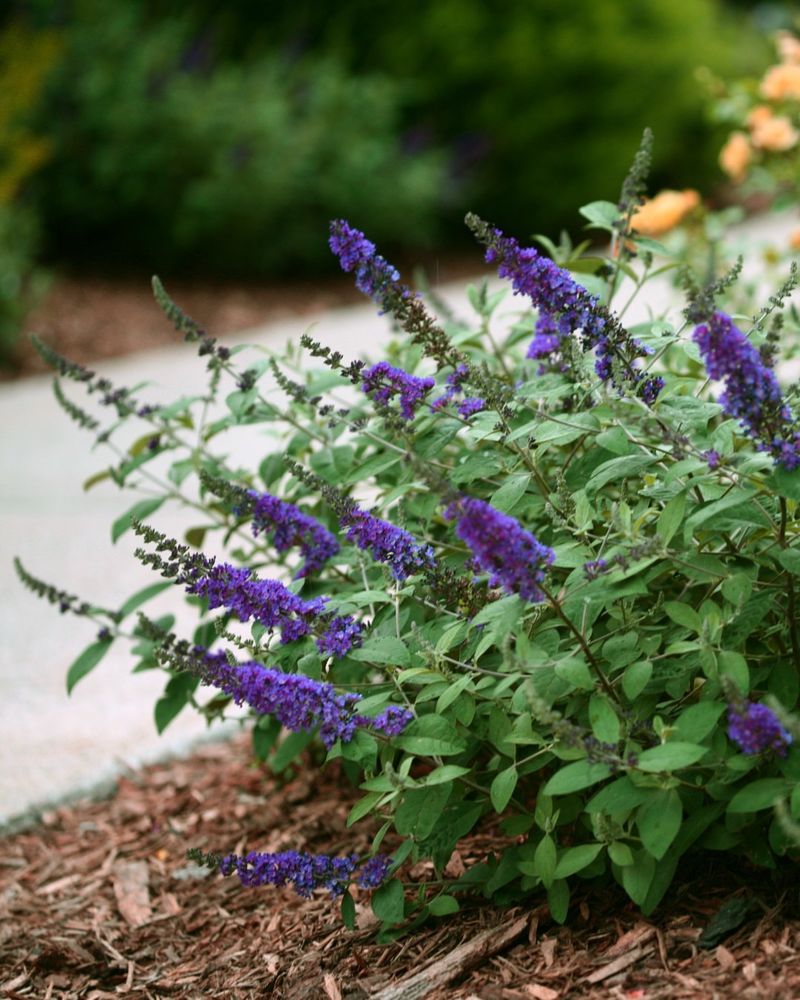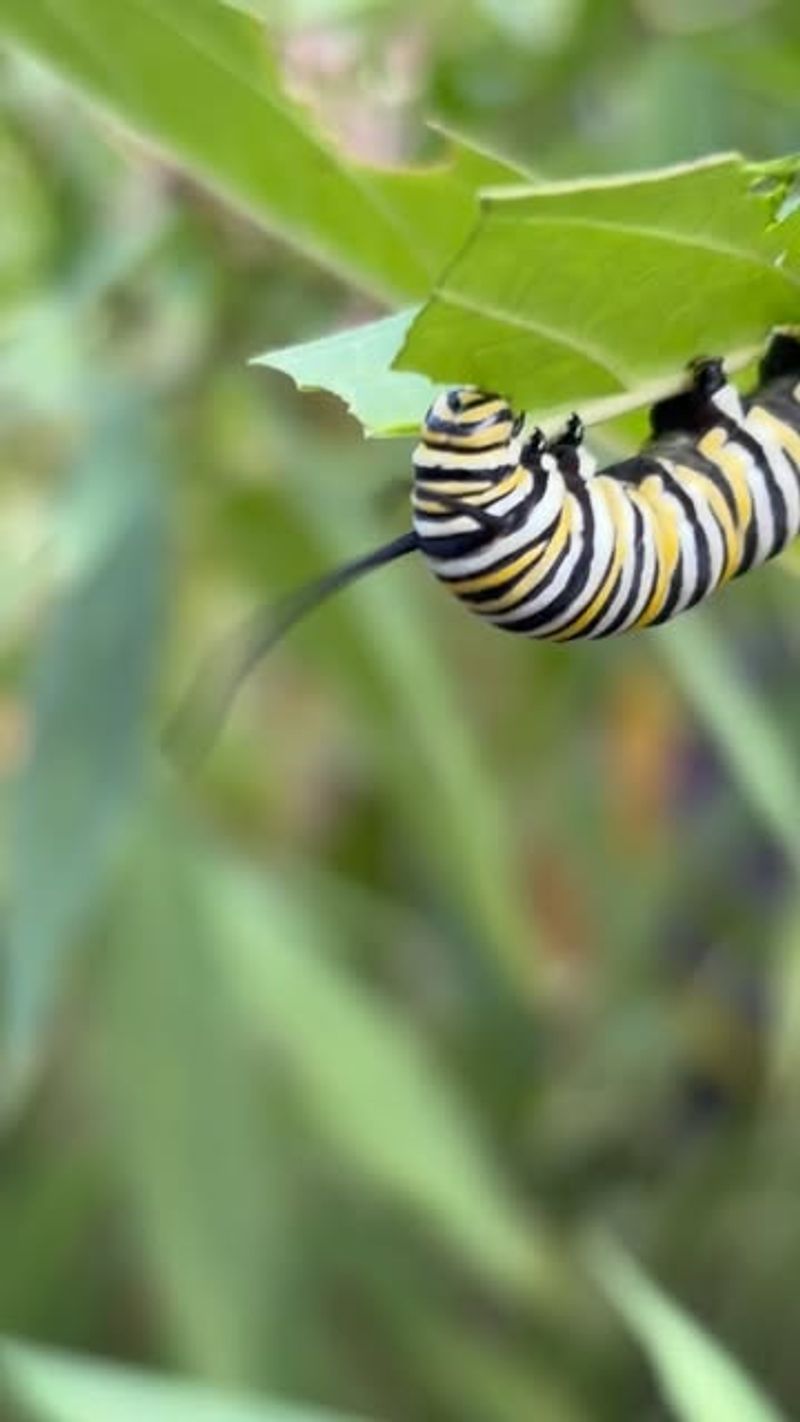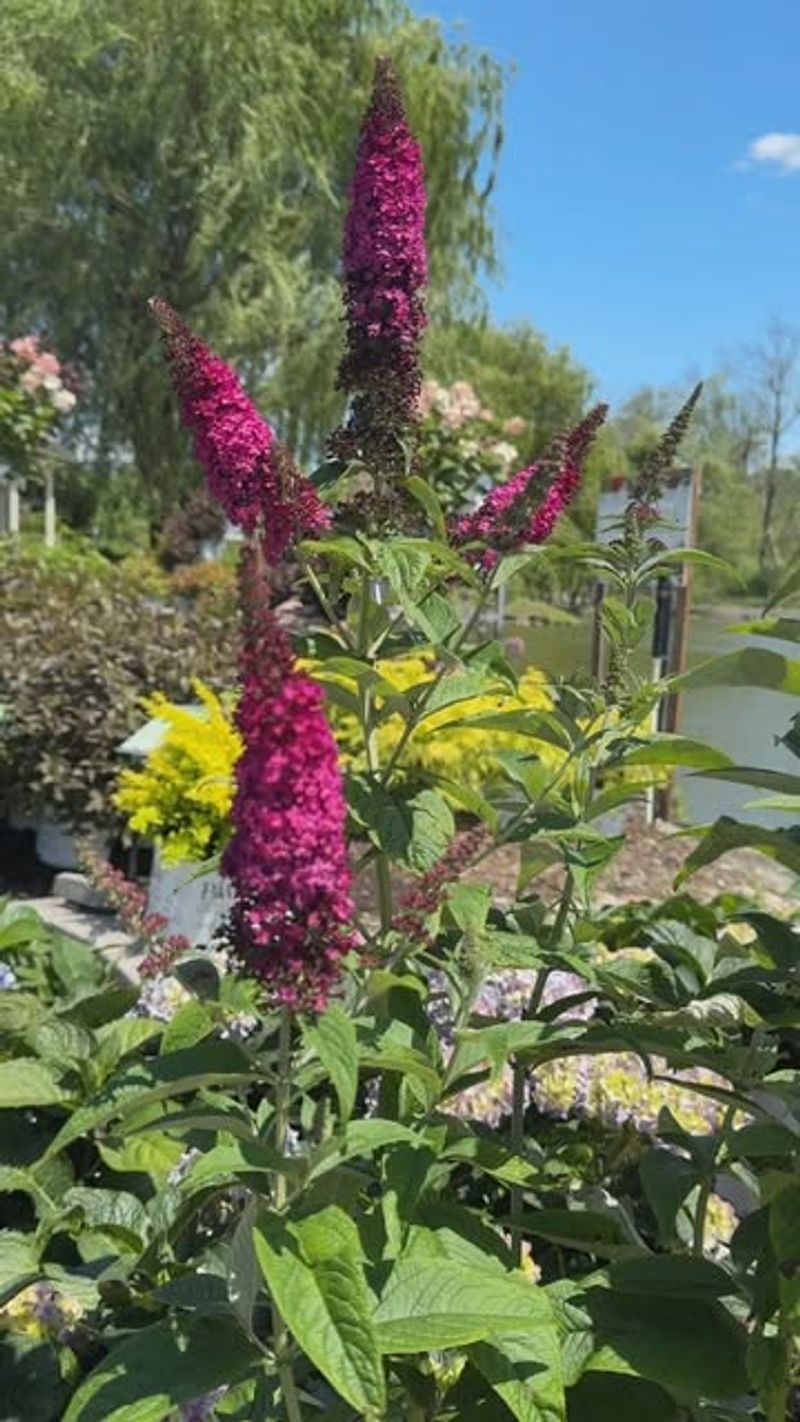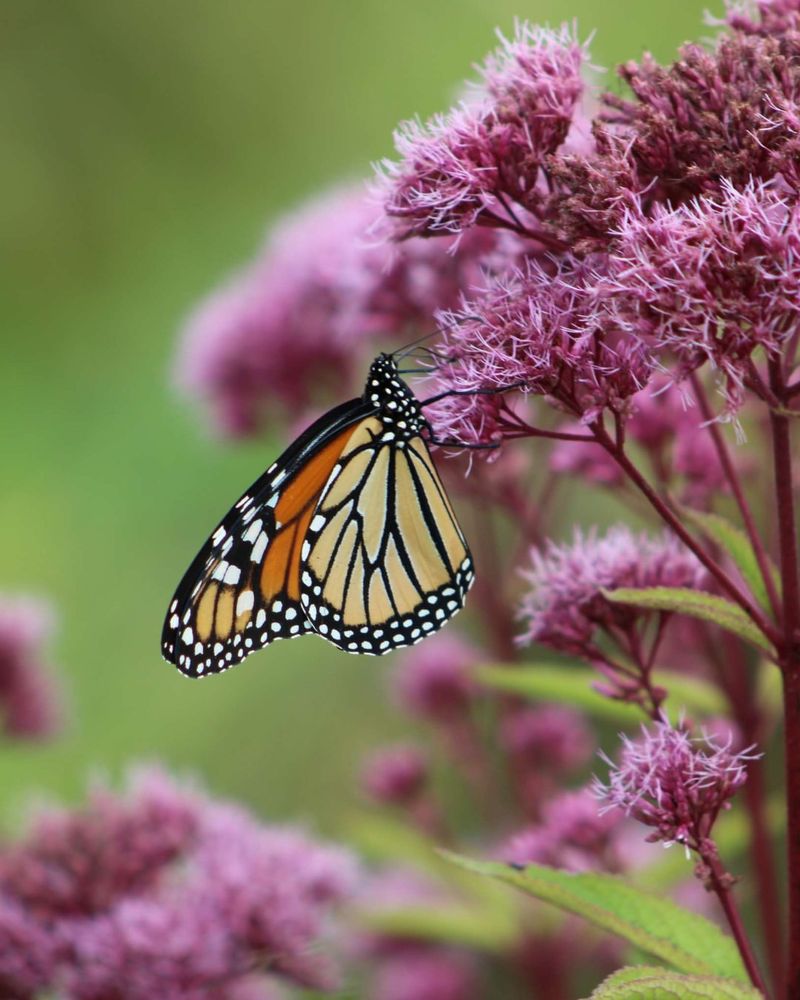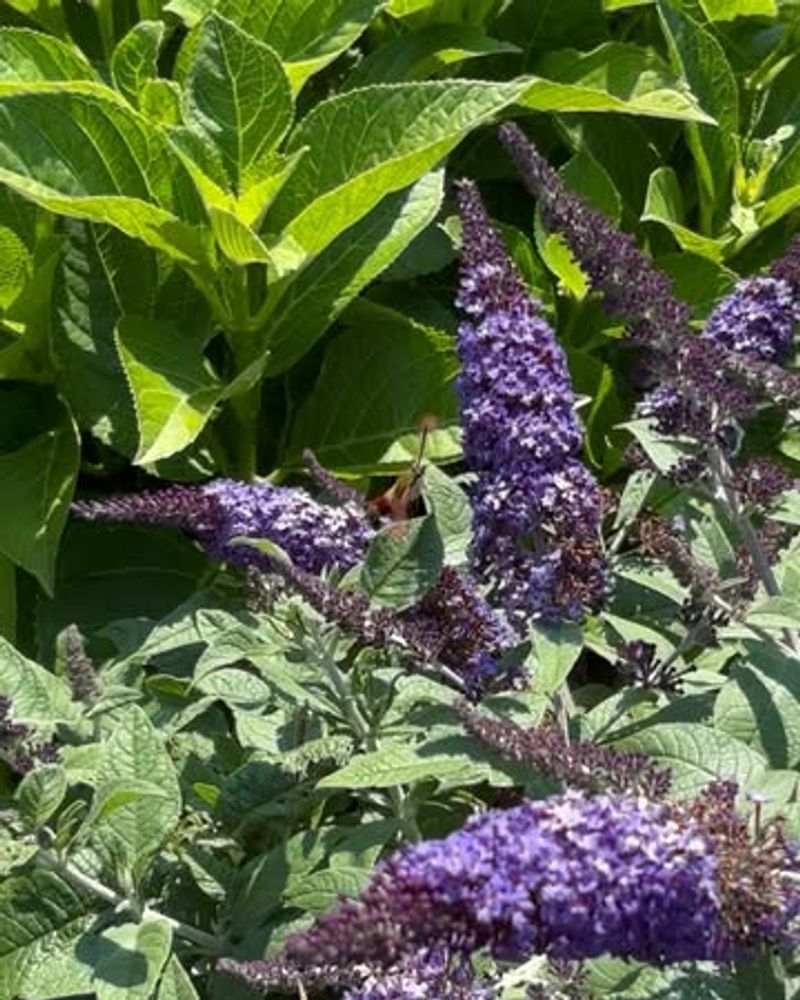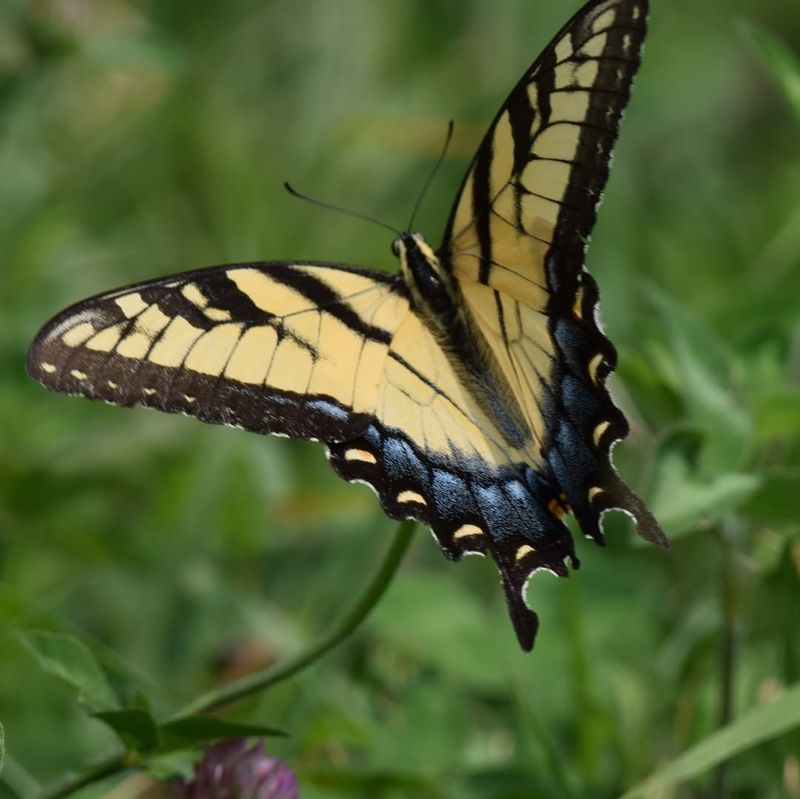Butterfly bushes have become a common sight in Delaware gardens, from Wilmington backyards to coastal landscapes in Rehoboth Beach.
Many gardeners love them because they attract butterflies and bloom for months. However, these popular shrubs come with hidden problems that affect our local environment and garden health.
In my own Delaware garden, I’ve noticed that butterfly bushes often crowd out native plants, which made me rethink adding more.
1. They Offer No Real Food For Caterpillars
Butterflies need more than just nectar to survive. Their caterpillars require specific host plants to eat and grow into adults.
Butterfly bushes only provide nectar, which means they’re like a gas station with no grocery store. Delaware’s native butterflies depend on native plants like milkweed, spicebush, and wild cherry for their larvae.
For me, replacing a few butterfly bushes with native plants brought more diversity and fewer maintenance headaches. Watching caterpillars munch on milkweed leaves feels more rewarding than just seeing adult butterflies passing through.
2. Butterfly Bushes Spread Aggressively In Delaware
These shrubs produce thousands of seeds that travel easily on the wind. Once established, they pop up in places you never planted them.
Delaware’s mild winters and moist climate create perfect conditions for butterfly bushes to escape gardens and invade natural areas. I’ve spotted them growing wild along roadsides near Newark and in woodland edges throughout New Castle County.
Pulling out unwanted seedlings becomes a yearly chore. Native alternatives like buttonbush or New Jersey tea stay where you plant them without creating extra work.
3. Native Plants Support More Wildlife Overall
Research shows that native plants support 29 times more caterpillar biomass than non-native species. This matters because caterpillars feed birds, especially during nesting season.
A single clutch of chickadees needs thousands of caterpillars to fledge successfully. Butterfly bushes don’t contribute to this food web, which means fewer birds can thrive in your Delaware yard.
Switching to natives like oak trees, blueberry bushes, or goldenrod creates a healthier ecosystem. Your garden becomes a true habitat instead of just decoration.
4. They Create Ecological Dead Zones
When butterfly bushes dominate a garden, they take up space that native plants could occupy. This reduces the variety of insects, birds, and other wildlife that can live there.
Delaware’s remaining natural areas are already fragmented by development. Every garden counts as potential habitat for struggling species like monarch butterflies and native bees.
Filling your yard with butterfly bushes essentially creates a desert for local wildlife. Choosing diverse native plantings instead helps connect habitat patches across our state.
5. Better Alternatives Bloom Just As Long
Many gardeners worry that removing butterfly bushes means losing summer color. Actually, native options provide equally long bloom times with added benefits.
Joe-pye weed flowers from July through September with tall pink blooms that butterflies adore. Swamp milkweed blooms throughout summer and feeds monarch caterpillars. Mountain mint stays attractive from June until frost.
These natives handle Delaware’s humid summers better than butterfly bushes while supporting complete life cycles. Your garden stays colorful and becomes genuinely helpful to local insects.
6. Butterfly Bushes Require Constant Deadheading
Preventing seed spread means cutting off spent flower clusters weekly throughout the growing season. Miss a few weeks and you’ll find seedlings everywhere next spring.
This maintenance burden grows tiresome, especially during Delaware’s hot, humid July and August. Native shrubs like summersweet or inkberry require minimal pruning and don’t create seeding problems.
I’ve found that spending less time deadheading means more time enjoying my garden. Low-maintenance natives fit better with busy schedules while still providing beauty and habitat.
7. They Harm Delaware’s Natural Heritage
Our state’s native plant communities evolved over thousands of years. Introducing aggressive non-natives disrupts these relationships and threatens rare species.
Delaware has already lost significant habitat to development and agriculture. Gardens represent our last chance to preserve biodiversity in populated areas.
Planting natives instead of butterfly bushes helps protect species found nowhere else. Eastern tiger swallowtails, spicebush swallowtails, and pearl crescents all depend on native host plants that butterfly bushes can’t replace.

